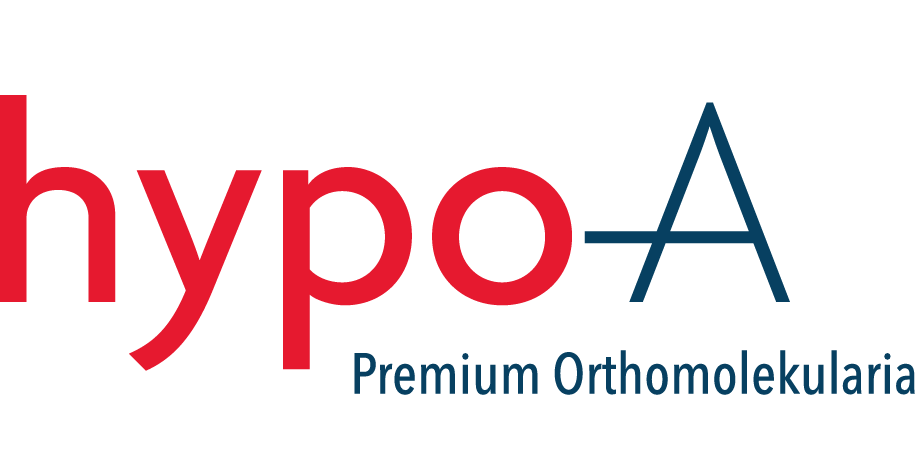Vitamin C
Vitamin C is one of the essential water-soluble vitamins and must therefore be ingested regularly in sufficient quantities.
Why we need Vitamin C
Known principally for its antioxidising effect, and frequently used at the onset of infection, Vitamin C fulfils a wide rang of functions in our bodies, such as:
- Antioxidisation (= free radical neutralisation)
- Strengthening the immune system
- Metabolic processes and synthesis, e.g. collagen production for tendons and joint capsules
- Detoxification and elimination of waste
- Regeneration of Vitamin E
- Absorption of iron in the intestinal tract
- Conversion of folic acid in its active form
- Preventing the formation of carcinogenic nitrosamines from nitrate and amines in the intestines
Are we getting enough Vitamin C?
In Germany at least, Vitamin C intake tells an ambiguous story. Although on average the population is getting more than the official RDA for the German-speaking countries, around a third of the population is getting less than the RDA – even though Vitamin C is Germany's most commonly used nutritional supplement.
For healthy adults, the German-speaking countries recommend a daily Vitamin C intake of 100 mg per day. During pregnancy and breastfeeding, this rises to between 110 and 130 mg. Smokers should take 150 mg and the elderly and the sick should also increase their dosage. Other factors that can contribute to a lack of Vitamin C include:
- Regular alcohol consumption
- Certain medications
- Infections
- Poor nutrition, diet etc.
- Strenuous physical activity (e.g. sport, physical labour)
- Stress
In the event of certain illnesses, it can be advisable to increase Vitamin C intake. For patients with hyperlipidemia, a daily intake of 500 to 1000 mg is recommended to help protect against cardiovascular diseases. For diabetes patients, 1000-3000 mg is recommended; for herpes infections 500-3000 mg.
Particularly good sources of Vitamin C include acerola cherry, rosehip, sea buckthorn, blackcurrants, paprika, broccoli, cabbage and Brussels sprouts. Nonetheless, on the long journey from field to fork, many vitamins are lost. This can be due to:
- Chemical crop spraying
- Exposure to radiation or sunlight after harvesting
- Heat exposure
- Improper or prolonged storage
To get the maximum amount of Vitamin C from fruit and vegetables, choose fresh, raw, organic produce, keep it in a cool, dark place and, if cooking is required, apply only gentle heat. If you want to increase your Vitamin C intake even further, a supplement is recommended.
Artificial or natural Vitamin C?
There is a a huge range of nutritional supplements containing Vitamin C available on the market today, all varying according to manufacturer, purity, form, vitamin content and price. Fizzy tablets inevitably contain additives. For an additive-free product, you could choose a powder form, but even here commercially available capsules often contain anticaking, colouring and bulking agents.
Artificial Vitamin C, which these days can be produced relatively cheaply, is also widely available, but this often contains undesirable elements left over from the manufacturing process. Natural products, on the other hand, contain, alongside the vitamin itself, other secondary plant-based substances that can have a beneficial effect in the body. Acerola cherry, for example, contains bioflavonoids that enhance the antioxidising properties of Vitamin C.
Vitamin C
| function | recommended daily dosage | sources |
|---|---|---|
| antioxidant, part of the regeneration of vitamin E, part of numerous metabolic and composition processes, consolidation of the immune system, supports the iron apsorption, inhibits the nitrosamine production | min. 100 mg/day (according to DGE, up to 200 mg/day according to Biesalski et al. 2004 | vegetables like paprika, tomatoes, broccoli, curly kale, fruit like sallow thorn, currant, kiwi, citrus fruits |
| deficency symptoms | main effect/apparatus | dosages in ortomolecular medicine |
|---|---|---|
| defency weakness, wound healing disorders, scurvy | immune system, lung function, hormonal regulation | up to 5 g per day, depending on the application area |
Literature
- Biesalski, Hans Konrad; Grimm, Peter: Taschenatlas der Ernährung, 3. erweiterte Auflage 2004, Georg Thieme-Verlag, Stuttgart
- Gröber, Uwe: Orthomolekulare Medizin, 3. Aufl. 2008
- Nationale Verzehrsstudie II des Max Rubner-Institutes, Bundesforschungsinstitut für Ernährung und Lebensmittel, Ergebnisbericht Teil 2, 2008


